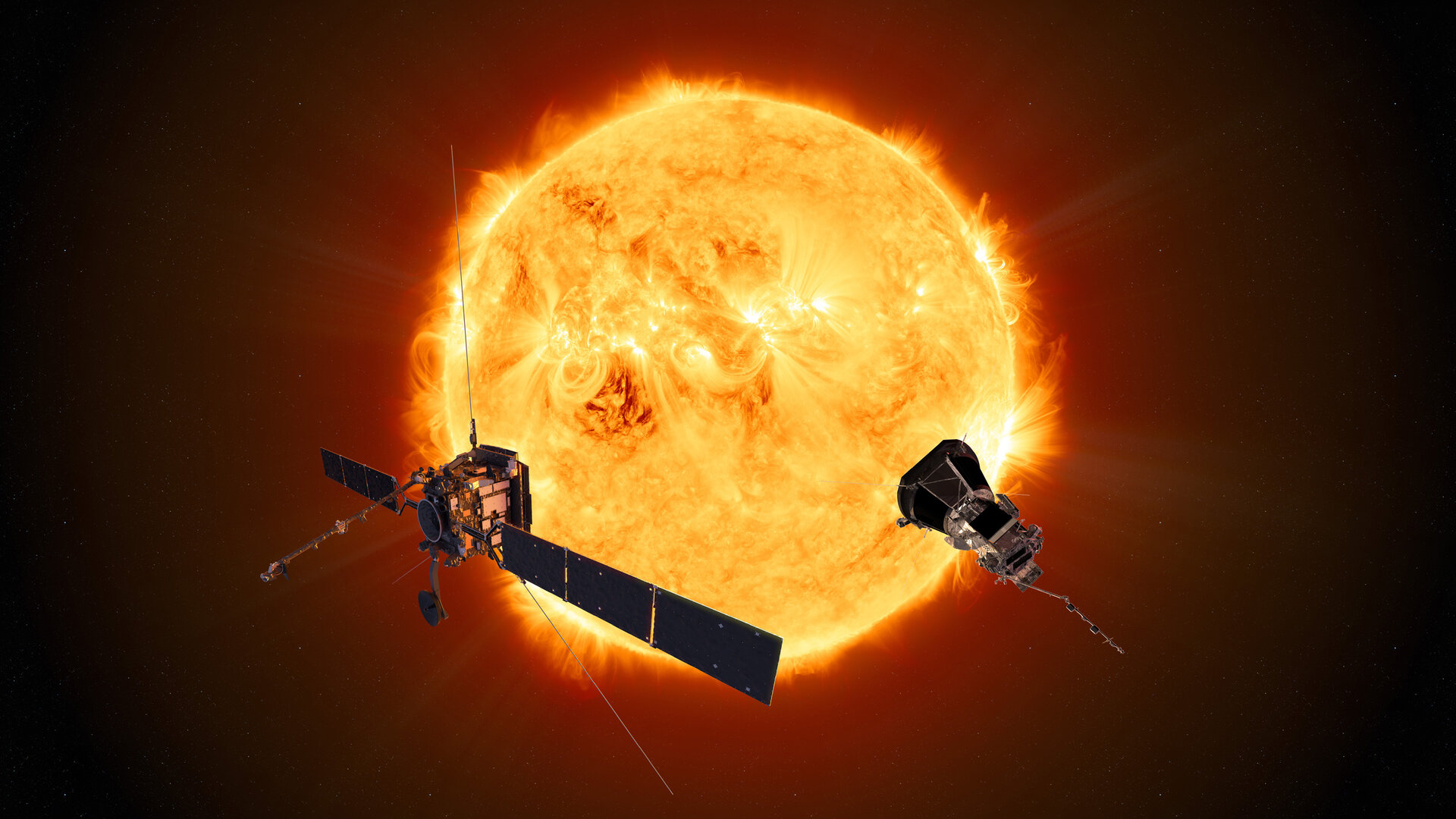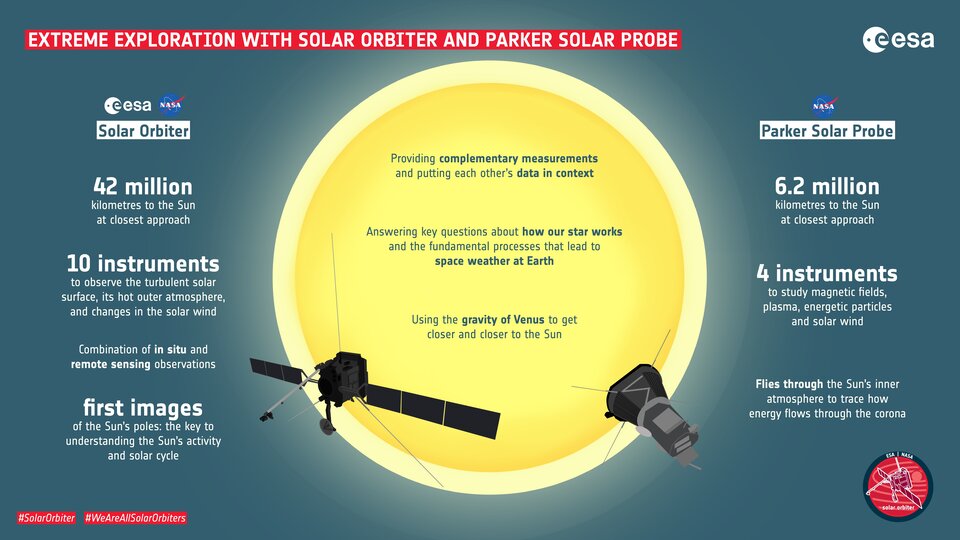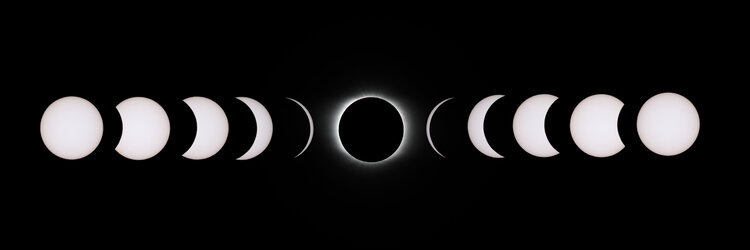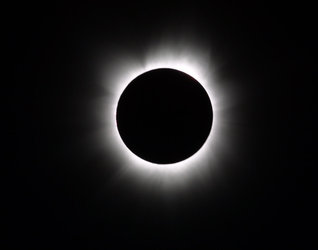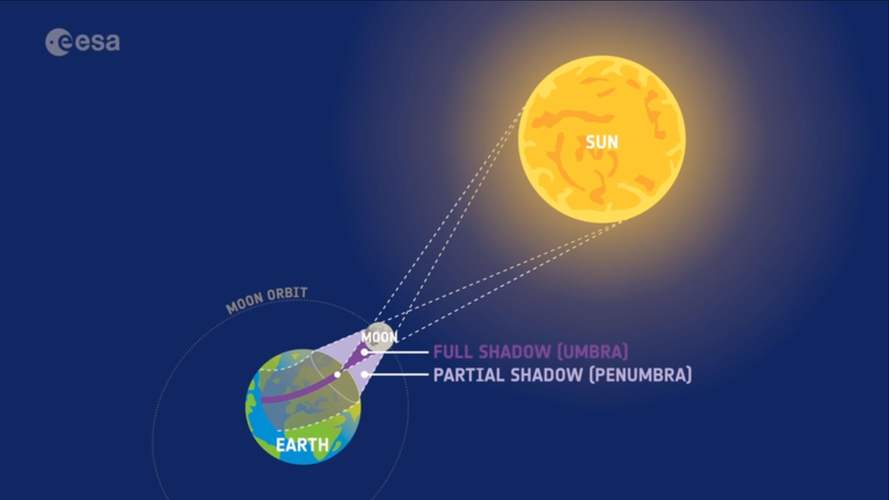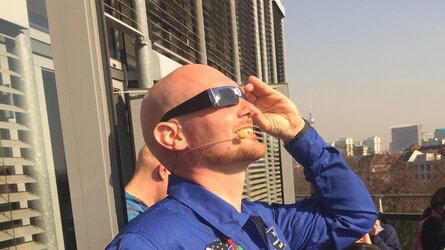ESA and NASA team up to study solar wind
In the run up to April’s total solar eclipse, ESA-led Solar Orbiter and NASA-led Parker Solar Probe are both at their closest approach to the Sun. Tomorrow, they are taking the opportunity to join hands in studying the driving rain of plasma that streams from the Sun, fills the Solar System, and causes dazzlement and destruction at Earth.
Both Solar Orbiter and Parker Solar Probe have very eccentric orbits, meaning that they fly in near to the Sun to get a close-up look, and then fly far out to give their onboard tech a chance to recover from the intense heat and radiation. During the next week, for the first time ever, the two spacecraft will both be at their closest approach to the Sun – what we call the ‘perihelion’ – at the same time.
What’s more, this closest approach coincides with Solar Orbiter and Parker Solar Probe being at right angles to each other as they look towards the Sun.
Daniel Müller, ESA Solar Orbiter Project Scientist, explains why this positioning is special. “On this day, we have a unique spacecraft configuration, where Solar Orbiter will have its full suite of instruments pointed towards the region on the Sun where the solar wind is produced that will hit Parker Solar Probe a few hours later.”
Scientists will compare data collected by both missions to better understand the properties of the solar wind. Because Solar Orbiter is at its closest to the Sun, its telescopes will observe with the highest resolution. The simultaneous close approach by Parker Solar Probe means that only a few hours after the source regions of the solar wind have been imaged by Solar Orbiter, the plasma of this nearly pristine solar wind be sampled in space by Parker Solar Probe. This will allow scientists to better understand the link between the Sun and its heliosphere, the huge plasma bubble it blows into space.
But wait… at its closest approach, Solar Orbiter is 45 million km from the Sun, whilst Parker Solar Probe is just 7.3 million km away. So how does Solar Orbiter observe something that later hits Parker Solar Probe?
To answer this question, we need to look at the difference between remote sensing and in situ instruments. Both missions carry both instrument types on board, but whilst Solar Orbiter carries more remote sensing instruments, Parker Solar Probe carries mostly in situ instruments (no current camera technology could look at the Sun from so close a distance and survive).
Remote sensing instruments work like a camera or our eyes; they detect light waves coming from the Sun at different wavelengths. As light travels at 300 000 km/s, it takes 2.5 minutes to reach Solar Orbiter’s instruments at closest approach.
Meanwhile, Parker Solar Probe’s in situ instruments work more like our nose or tastebuds. They directly ‘taste’ the particles and fields in the immediate vicinity of the spacecraft. In this case, Parker Solar Probe will measure solar wind particles that travel away from the Sun at speeds of more than a million kilometres per hour. Though this seems very fast, it is more than 500 times slower than the speed of light.
“In principle, Solar Orbiter alone can use both methods,” points out Andrei Zhukov from the Royal Observatory of Belgium, who is working on the joint observations. “However, Parker Solar Probe comes much closer to the Sun, so can directly measure the properties of the solar wind – like its density and temperature – closer to its birthplace, before these properties change on its journey away from the Sun.”
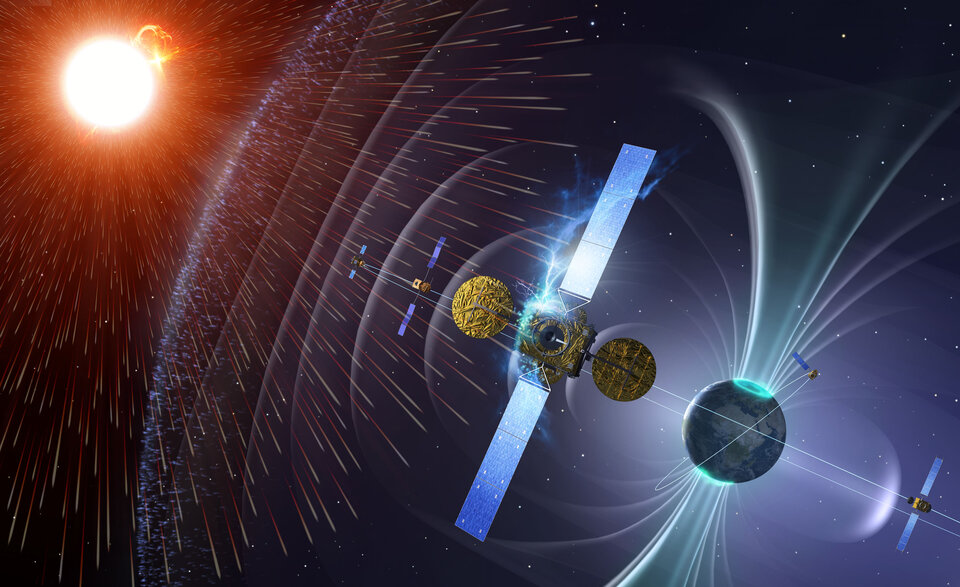
“We will really hit the jackpot if Solar Orbiter observes a coronal mass ejection (CME) heading towards Parker Solar Probe,” adds Andrei. “We will then be able to see the restructuring of the Sun’s outer atmosphere during the CME in great detail, and compare these observations to the structure seen in situ by Parker Solar Probe.”
Teamwork makes the dream work
This is just one example of how Solar Orbiter and Parker Solar Probe are working together throughout their missions. Parker Solar Probe’s instruments are designed to sample the Sun’s corona (its outer atmosphere), targeting the region of space where the coronal plasma detaches to become the solar wind. This gives the scientists direct evidence on the conditions of the plasma in that region, and helps pinpoint how it is accelerated outwards towards the planets.
Beyond accomplishing its own science goals, Solar Orbiter will provide contextual information to improve the understanding of Parker Solar Probe’s in situ measurements. By working together in this way, the two spacecraft will collect complementary data sets, which will allow more science to be distilled from the two missions than either could manage on its own.
Find out more about how the missions complement each other here.
Solar Orbiter helps predict the total solar eclipse
The wispy ring that we see around the Sun during a total solar eclipse is its corona. Solar Orbiter data collected during the next week will also be used to predict the shape that the corona will take during the upcoming eclipse.
Researchers from Predictive Science Inc. use data from telescopes on and around Earth to create a 3D model of the solar corona. In advance of every total solar eclipse, they use this data to predict what the Sun’s corona will look like from Earth.
For the first time, Predictive Science will incorporate data from Solar Orbiter’s Polarimetric and Helioseismic Imager (PHI) instrument. This will allow them to add information on the Sun’s magnetic field from a unique vantage point to improve their prediction.
The prediction is already available here. It will evolve in real time as we approach the eclipse and Solar Orbiter data is added.
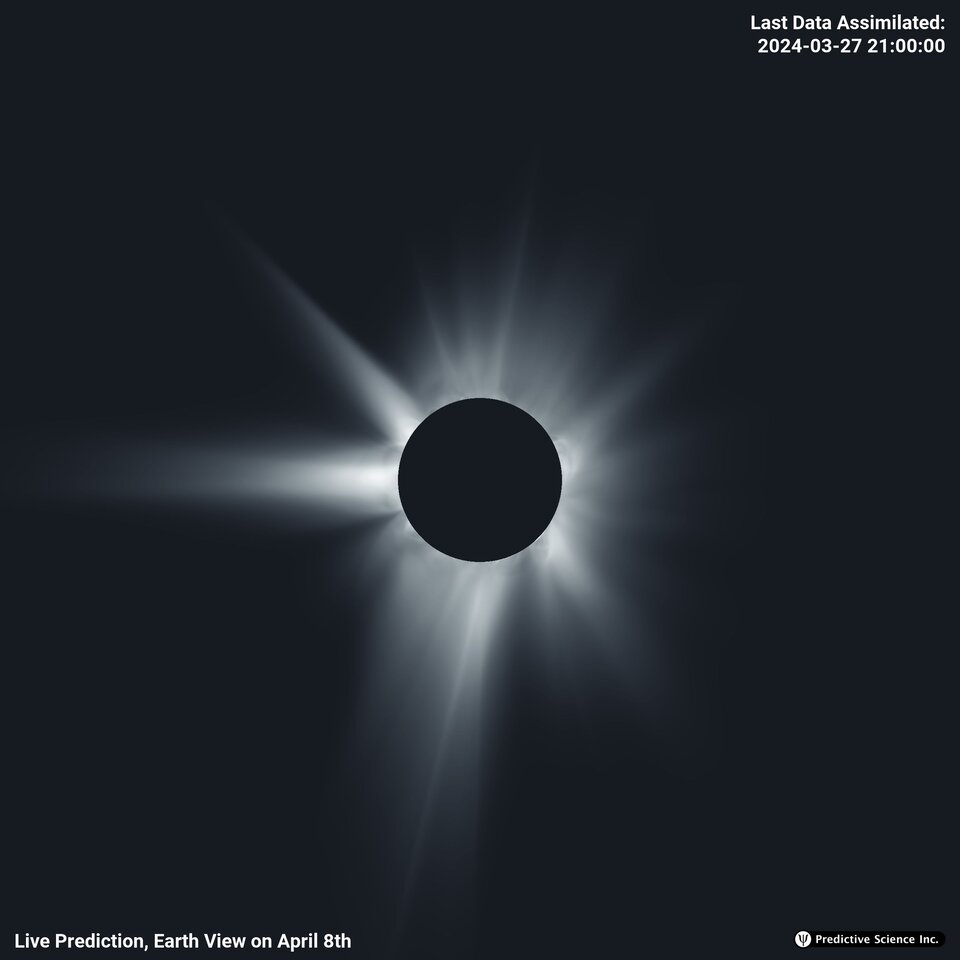
Don’t do a Galileo – use eye protection!
The total solar eclipse will cross North America on 8 April 2024 starting around 11:07 local time. Total solar eclipses are rare opportunities to see the Sun’s beautiful outer atmosphere, normally outshone by the brilliant surface. But great care must be taken to wear appropriate eclipse sunglasses in order to avoid eye damage.


